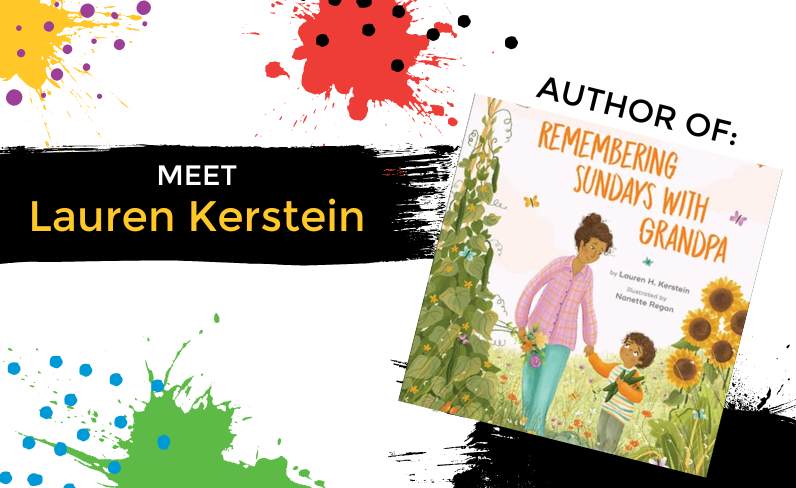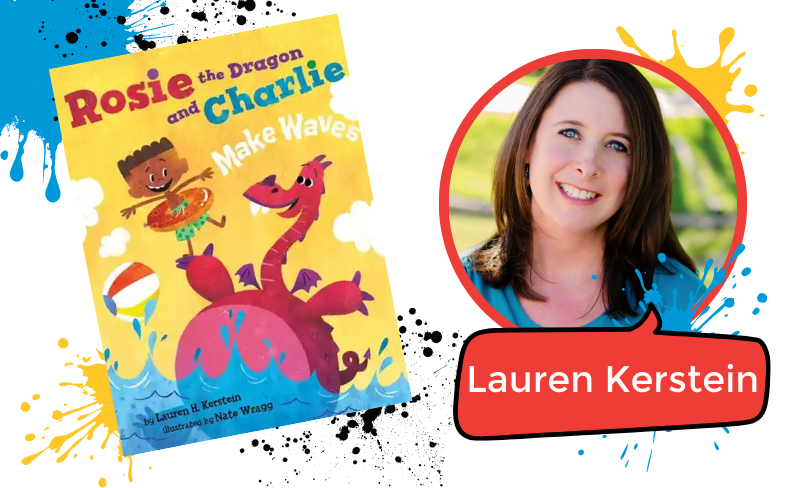Hello Inklings!
This month’s Ink Splat Author Interview features Lauren Kerstein, who writes both humorous and heartfelt picture books.
It’s National Poetry Month, and so at the Society of Young Inklings, our theme this month is A Poem in Your Pocket. In our interview with Lauren, we talked about the similarities between writing poetry and writing picture book texts. We discussed the joy and challenges of winnowing down our words to those that are most essential, the way one must do when writing poetry or picture books. Our conversation covers a range of topics from writing with humor and heart, to using poetic strategies when drafting and revising–whether we’re writing poetry, picture books, or longer prose.
Learn more about Lauren at laurenkerstein.net.
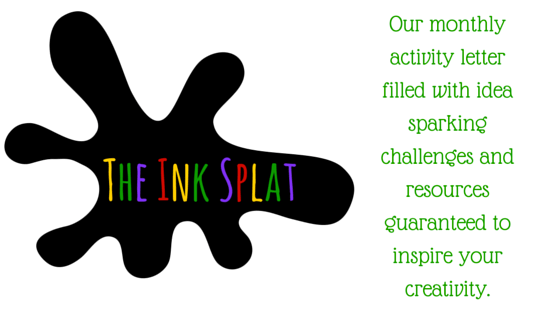
Writing Challenge
In our conversation with Lauren Kerstein, we discussed how picture book structures, like poetic structures, can transform the (sometimes overwhelming) blank page into a puzzle to solve.
Lauren found her way to her hilarious characters, Rosie the Dragon and Charlie, by writing a “how to” book. Using this well-known format, and tapping into her personal expertise, she gave herself a playground in which to imagine a colorful, relatable story to life.
PROMPT:
Try writing your own “how to” picture book text or poem. Choose a topic you know inside and out. Maybe you can explain how to sail through a standardized test, how to ace a high-stakes soccer game, or how to style an extraordinary bag lunch. Be thoughtful about the words you choose, and let your chosen structure lead the way.
If you’re writing a picture book text, you might want to take a look at a few “how to” books to get a feel for the way that format works with pacing and page turns.
If you’re writing a poem, consider choosing a specific poetic form to give yourself an added challenge. Might you write a how to haiku? Or a how to sonnet?
Remember, the Inklings community isn’t only a place for sparking ideas. We’re also here to help you cultivate your skills as you try out challenges like this one on your own, or with us in a workshop, camp, or 1:1 mentorship. Plus, you’re always invited to share your one-of-a-kind voice, too. Inklings members can share their writing on our Inkwell app any time, and we also offer a range of publishing programs. Whatever your next creative step is, we’re cheering you on!
Q: Tell us about you and your writing. You have published a number of picture books. Did you always want to be a picture book writer? What appeals to you about writing picture books, in particular?
A: I have always enjoyed writing. In fact, my first book was from 1980, when I was ten years old (yes, I’m that old). I wrote the text and the illustrations. I even covered it in, well, 80s wallpaper. I still have the book and let’s just say that the wallpaper is so tough that it is in nearly perfect shape, and it is so bright, you need sunglasses to look at it. It is possible that I plagiarized a tad as the book was entitled, The No Good, Very Bad Day, but I suppose you have to start somewhere. I wrote poetry in high school and college. And then, when I became a mental health clinician, I wrote professional books. I love writing picture books because (a) I worked with children for most of my career, and (b) I love the interaction between text and illustrations. There is something magical about writing just enough words to convey your story while leaving white space for the illustrator to bring the story to life.
Q: Let’s talk about your Rosie the Dragon and Charlie books. Where did the characters, Rosie and Charlie, come from? What inspired these stories? Now this duo is starting to have their own series! Do you think you’ll continue telling stories about them? How do you know when you have another great idea that is right for the next book in a series like this?
A: Rosie the Dragon and Charlie came out of a picture book challenge called PiBoWriWee (that is sadly no longer), in which you tried to write a new picture book each day for a week. That year—I believe 2016—I challenged myself to write a picture book in different structures each day. Rosie the Dragon and Charlie began as a “how to” book entitled, How to Put Your Mommy to Bed. I know, that doesn’t sound like it had dragons at all. That’s because, it didn’t. A whole lot of feedback later, I added Rosie, swimming, and of course, Charlie. Although, Charlie was always there, just not by name. I wanted to write a story that turned teaching something or accomplishing something upside down, whereby the main character—Rosie—was frightened but wanted to try something despite her fear. And Charlie, Rosie’s best friend and fearless leader, wanted to help her accomplish her goal. I have MANY more Rosie and Charlie books written, but as of right now, the series is on hold. COVID didn’t do this series any favors. I know when I have a good idea for the series, though, when I can see Rosie and Charlie in the situation in an authentic and intriguing way.
Q: These books also use a lot of humor. Do you have tips or strategies for how to play with humor in our writing?
A: Thank you! That makes me so happy. I think the key to humor in picture books, or writing in general, is that if it makes you laugh, chances are it will make others laugh. I really try to lean into my silly, Jersey-girl sarcastic side when I add humor while staying true to the characters. Additionally, timing is everything. I think about how a humorous line will land in the space in which I am planting it and in the position within the arc. There are many moving parts in order to ensure humor lands well.
Q: Both Remembering Sundays with Grandpa and Home For a While are a different style of picture book—for one thing, they’re about real life instead of larger-than-life characters. Where did the inspiration for these two books come from?
A: Both Home For a While and Remembering Sundays with Grandpa were written years and years ago. They then spent a lot of time in the proverbial drawer. Home For a While unfurled from the time I spent working with foster parents and children. I wanted to pay tribute to the children and highlight the incredible nature of the foster parents with whom I worked. I wanted both children in the foster care system, and foster parents, to see themselves on the pages. I also wanted to provide a model for validating and supporting children in general. For years, I couldn’t work on the book without crying. I was worried that when it came out, I’d cry at every author visit. So far, so good. It seems reading it repeatedly has, at least temporarily, stopped the tears.
Remembering Sundays with Grandpa was originally called Important Places. At the time I wrote it, my children were little, and their great-grandmother, Mimi, was getting up there in age. I wanted them to have a book that might help them through their grief. The book didn’t come out until years after Mimi passed, but the reality is that it helped me process my grief. Each page has a real-life piece of people who were important to me and have passed away— my grandparents, my father, and Mimi. In a bizarre twist of fate, the book (which is dedicated to my dad) came out on his birthday. I hope children and parents find strength and hope in the theme that even when someone is no longer with us physically, their love lives on forever.
Q: It can be difficult to write about tough emotions like grief, to put deep feelings into words. Do you have any advice for writers who want to write a story that touches on grief or other emotions that can be difficult to experience, communicate, or even read about, sometimes?
A: Writing about painful or tough emotions is very hard for sure. I think the key is to let yourself go to that painful place inside you. Let yourself feel. Dig down deep! Write out words that describe that painful place. Lean into your memories. Take note of your physical reactions. I often recommend writing out word banks to explore different words that will SHOW the emotion rather than TELL our readers what to feel. If you feel exhausted after you write a scene, you’re onto something. If you make yourself cry, you’ve nailed it!
Q: For you, is there an intersection between writing with humor and writing about heartfelt topics? How do these two ways of writing inform one another in your creative practice?
A: This is such a terrific question. I really enjoy exercising both sides—humor and heart. And ideally, I love writing stories with both. I think humor and heart are in some ways mirror images of each other. Humor can help us dig into the heart, take a break from big emotions, and connect with others. Humor can make heartfelt topics more accessible and digestible. I think heartfelt has an important place in humorous texts, and humor has a critical place in heartfelt books.
Q: This month at Society of Young Inklings, you probably won’t be surprised to hear that we’re talking about poetry for National Poetry Month. I think that in some ways a picture book is like a poem. Do you agree? Do you ever use poetic strategies when you’re writing picture book texts?
Absolutely! I think picture books are often like poems. I have a nonfiction picture book coming out in August—Hope Rode—with Union Square Kids, illustrated by Becca Stadtlander, that is a lyrical ode to the pack horse librarians who delivered books to rural Kentuckians during the great depression. As a lyrical ode, it is, at its core, a poem. When I write, I use lots of poetic devices to strengthen my writing—assonance, consonance, and internal rhyme, for example. I think a lot about pacing and rhythm and try to ensure the text flows as smoothly as possible. I believe poetry is a part of writing whether prose or rhyme. Poetic devices help our text flow like a river, ebbing, trickling, and rippling in just the right places.
Q: Picture book texts may look simple, but we know they’re not—packing that much story and emotion into so few words is quite a feat. How do you go about choosing the just-right words?
A: Whew! It is quite challenging for sure. I think the best way to answer this question is that I use the tried-and-true method of trial and error. I vomit out my first draft and then get out my revision tools to chisel away at words that don’t move the story forward. As Emma Walton Hamilton says, we must put every word on a trial for its life. Each word/ each line of text has a lot of work to do—it needs to reveal information about the character, further the plot, and enhance the tone/voice. If the word doesn’t fulfil at least two of these tasks, SLICE! CUT! BYE! BYE! Sorry, word. Sorry, line. I will use you in another story.
Q: What does it feel like when you first see your book illustrations? How do you think about this collaborative process—where you write the words and someone else imagines and creates the images?
One thing nobody tells you is that seeing your illustrations for the first time can be incredibly exciting and it can also be daunting. I am a visual thinker, and until I saw illustrations for my first picture book the first time, I didn’t realize how much of a vision I had for each of my characters and scenes. Most of the time, I was THRILLED to see the illustrations. A couple of times, I had to recalibrate my vision to incorporate the vision of the illustrator. It was an odd process. But once I recalibrated, I absolutely LOVED every single illustration. I have been incredibly lucky with each of my illustrators. Nate Wragg, Natalia Moore, Nanette Regan, and Becca Stadtlander have brought my stories to life in ways I couldn’t have imagined. Picture books are 50/50 ventures—fifty percent, the author; fifty percent the illustrator. And each time I’ve held the picture book in my hands for the first time has been nothing short of the most exhilarating moment of my life!
Q: When you’re feeling creatively sluggish, what do you do to shake new ideas loose?
A: I have the opposite of writer’s block, I think. Shall we call it idea onslaught? I have so many ideas and not enough time in which to write. And so, at times, I feel sluggish creatively because I feel overwhelmed by sorting through ideas. I also feel sluggish when the world feels too heavy. And wow, does it feel heavy right now. I shake ideas and creativity loose by taking long walks, listening to books for inspiration, and leaning into the projects that are calling to me. “Hey you, writer lady, you promised us a story—get to it!” My characters often won’t leave me alone and they force me to compartmentalize and plod and plot forward until creativity triumphs once again.
Q: Any final words of inspiration you want to share with our youth writers?
A: Creating is courageous. It isn’t easy to pour our hearts out onto the page. It is especially difficult to share it with others. The fact that you are here speaks volumes about your bravery and drive. I hope you feel proud of yourself! Lastly, although writing might seem like a solitary process, it isn’t. We need to hear the opinions of people we trust. We need critiques. We need to enter contests like the Inklings Book Contest at Society of Young Inklings. That is the only way we will find any sort of objectivity about our work so that we can revise. After all, the first draft may not be easy, but the real uphill battle, mystery, and magic is in revision! Write on!
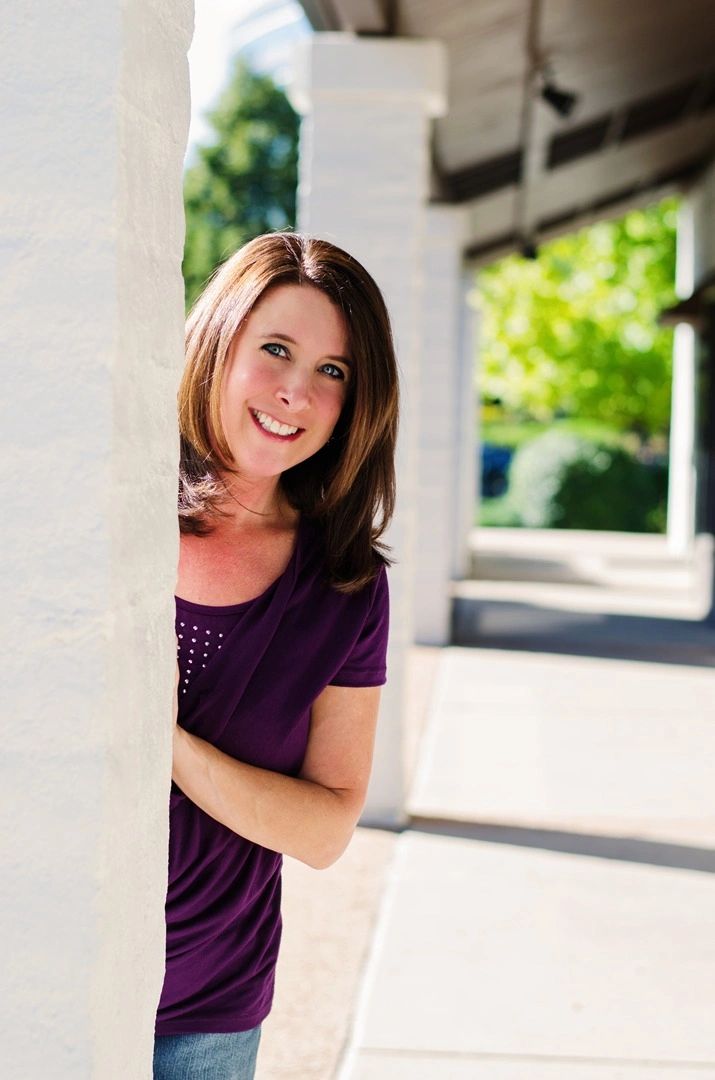
A special thank you to Lauren Kerstein for sharing with us!
Check out Lauren’s books and all of our recent Ink Splat authors’ works at our Bookshop.org Store.

INKLINGS CONNECT
Fall Creative Writing
Join us for a Writers Circle, 1:1 Mentorship, or Publishing Program this fall. We can't wait to see what you create!
Keep your creativity flowing with our upcoming community events:
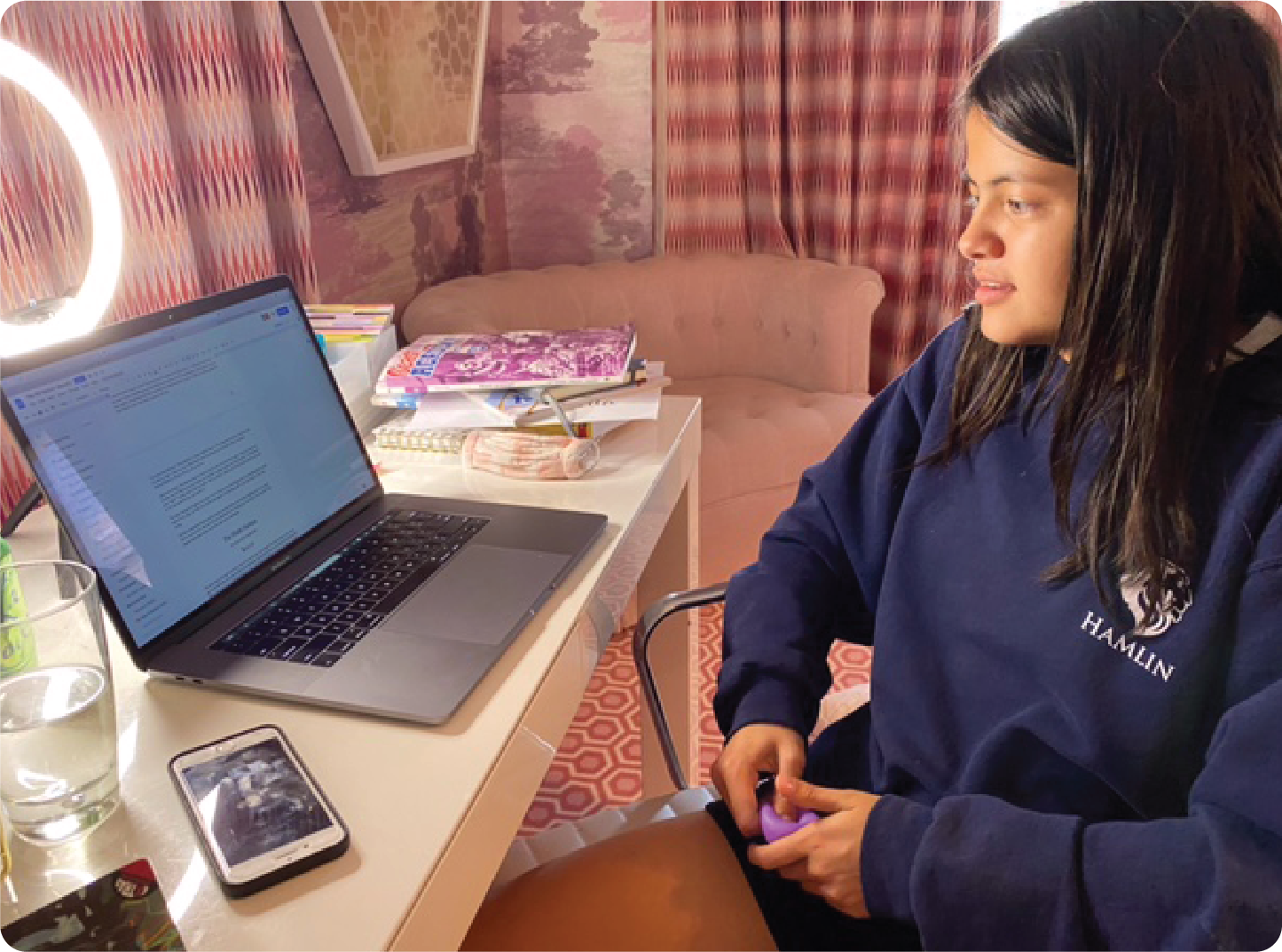
SUBSCRIBE
Subscribe to stay in touch with Society of Young Inklings. You’ll receive our monthly Ink Splat newsletter and be the first to know about upcoming events and ways to connect with Young Inklings.


